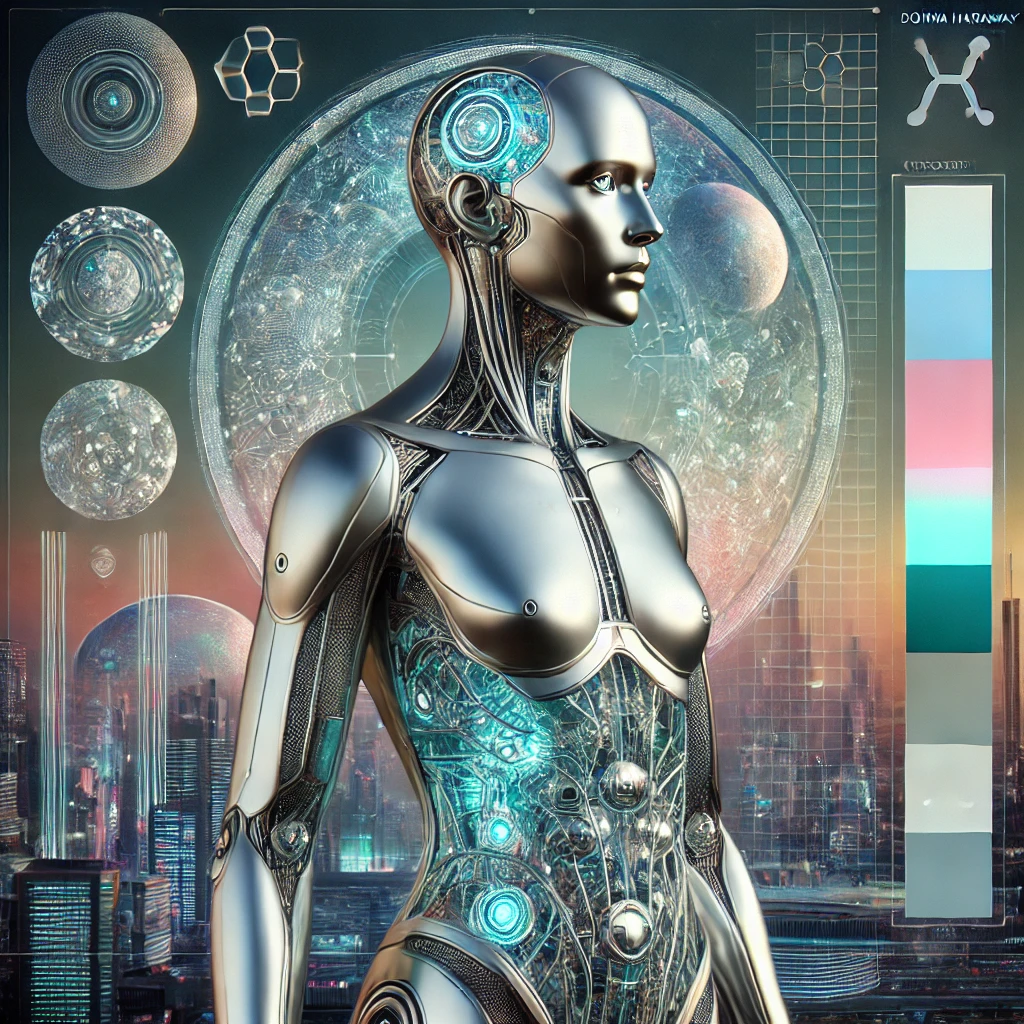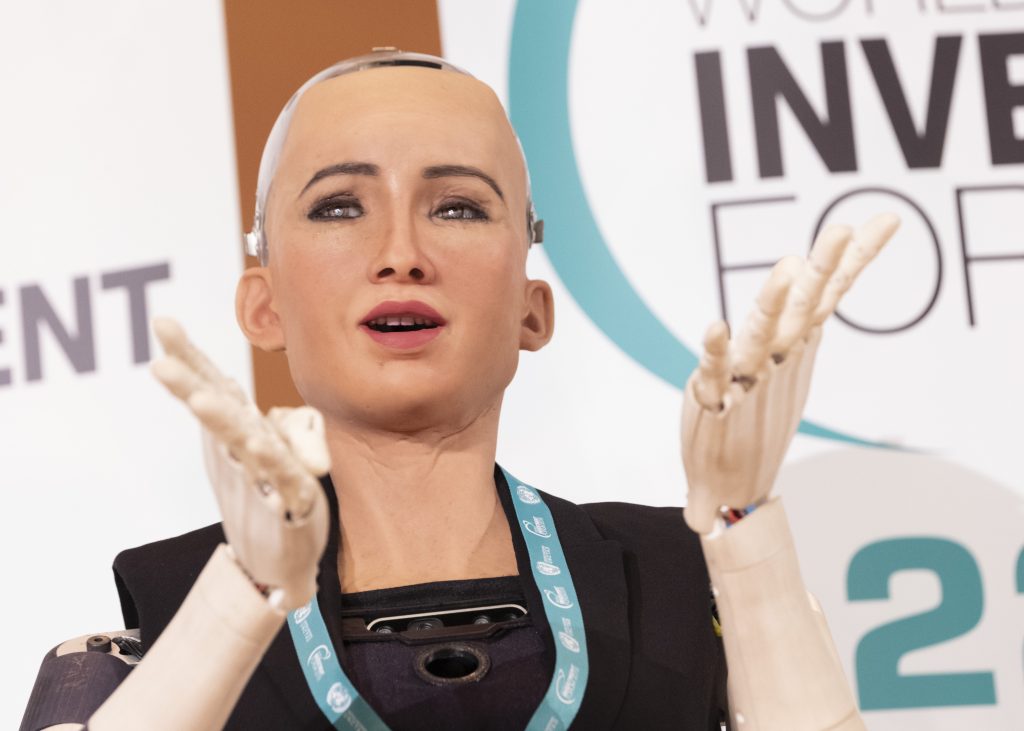In the age of rapid scientific advancements, the concept of creating hybrid creatures—a fusion of human and animal characteristics—is no longer confined to science fiction. With technologies like CRISPR and genetic engineering advancing, we are inching closer to realizing such possibilities. This philosophical exercise allows us to reflect on the implications of merging human and animal traits.
If I could hybridize with one animal, I would choose the dolphin. Dolphins are highly intelligent and exhibit advanced communication skills, social behavior, and unparalleled aquatic abilities. They are often seen as a symbol of harmony between intellect and nature, making them an ideal choice for a hybridization experiment.
Why a Dolphin?
Dolphins possess traits that are uniquely appealing:
- Cognitive Abilities: Dolphins have large brains relative to their body size, exhibiting problem-solving skills, self-awareness, and complex emotions. Integrating such traits could enhance human intellect and emotional intelligence.
- Communication: Their echolocation and intricate vocalizations could revolutionize how humans interact and understand one another, even at great distances.
- Physical Capabilities: Dolphins can dive deep, swim at remarkable speeds, and safely navigate underwater. These abilities could allow us to explore and thrive in aquatic environments, potentially opening new avenues for undersea colonization or resource acquisition.

While the idea of becoming part dolphin is thrilling, I would want to limit the physical transformation. My ideal hybridization would involve the following:
- Enhanced Brain Functionality: Incorporating traits that improve problem-solving, memory, and emotional regulation.
- Adapted Physiology: Gaining the ability to hold my breath for extended periods and swim efficiently. This could include minor anatomical changes, such as slightly webbed hands and feet.
- Echolocation: Developing this ability could revolutionize navigation, even on land, particularly in low-visibility environments.
The extent to which I would give up my humanity is limited by how much these changes would impact my ability to live among humans and maintain my identity. While I value the enhancements a dolphin’s traits could provide, I would avoid changes that would:
- Compromise my ability to communicate in human language.
- Alter my physical appearance to the point of alienation.
- Undermine my capacity for deep human connections.
Maintaining a balance between humanity and the enhancements would be critical to ensuring that the transformation enriches, rather than detracts from, my existence.
Hybridization raises profound ethical questions. Would such changes alienate individuals from society? How would we regulate who can undergo such transformations? These are questions we must address as we explore the potential of genetic engineering. Organizations like The Center for Genetics and Society are already fostering conversations around responsible use of such technologies
Hybridization offers an exciting glimpse into the future of humanity’s evolution. By thoughtfully integrating traits from other species, we could enhance our capabilities and deepen our connection with the natural world. However, this must be done cautiously, ensuring that we preserve the essence of what it means to be human. What animal would you hybridize with, and how far would you go? Let the philosophical debate begin.
Explore more on this topic:




